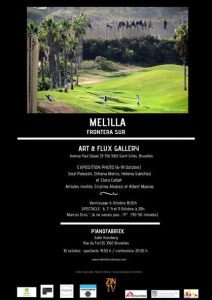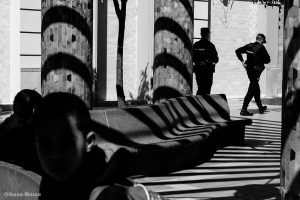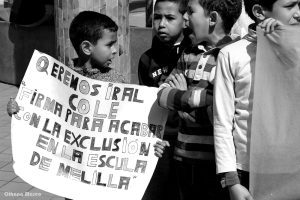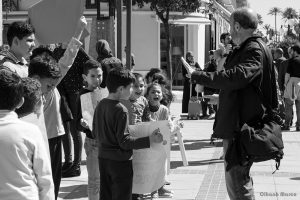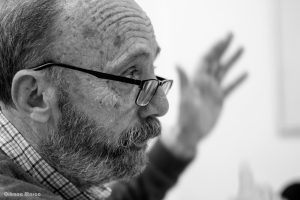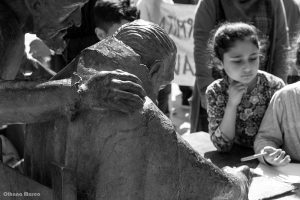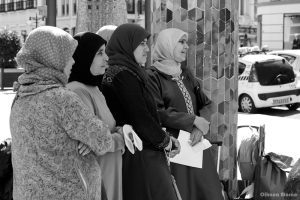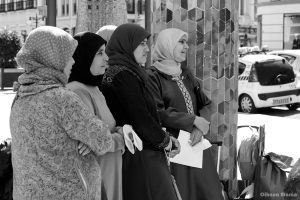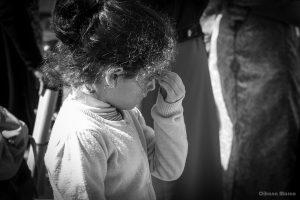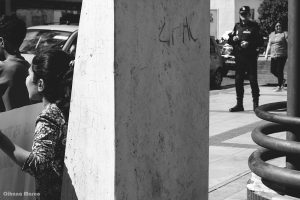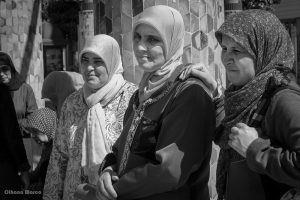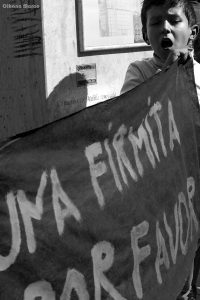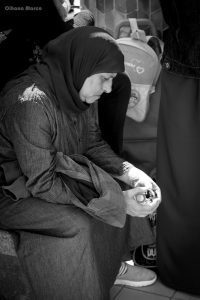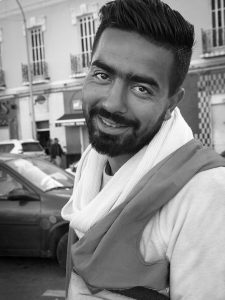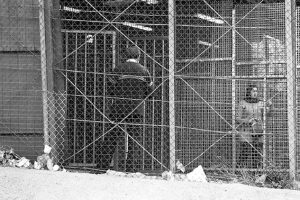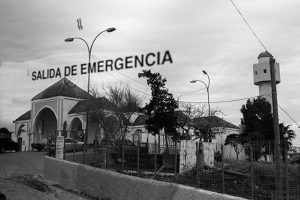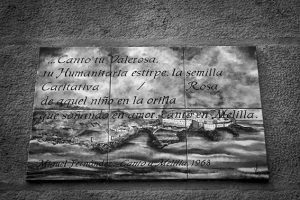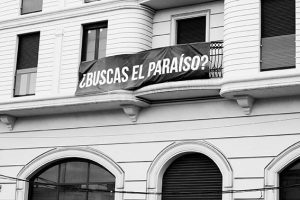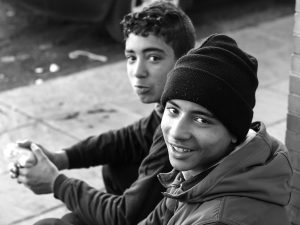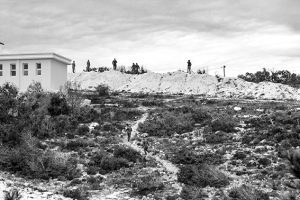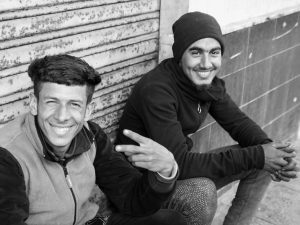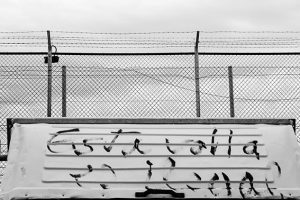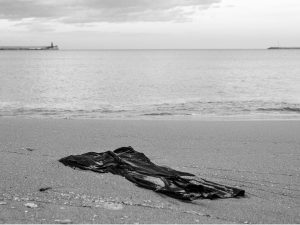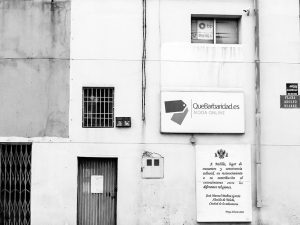Melilla, Southern Border (Activism with Oxfam)
Melilla is a city of Spanish nationality but geographically located in Africa. Throughout our trip with Oxfam (March 2018), we were able to see that it is full of contradictions and contrasts: there are still urban remains from Franco’s legacy that contrast with the current reality of Spain and with a modernist architecture, whose ideas of social and political vanguard are far from what Francoism represented.
There is also a citizenry that plays golf in front of an overcrowded CETI (centre for the temporary stay of immigrants) with people living in appalling conditions. They also ignore weekly protests by children born in Melilla who are denied compulsory education because they do not have a residence permit. This is the B side of Melilla, which nobody wants to see or make visible. It is also the face of the MENAS we met who wander the streets waiting for the night to come to ‘risky’ while sniffing glue and looking at the cargo ship they will try to get into, dreaming of stepping on that ‘Great Spain’ that will give them a better present. However, these children in danger have come to be considered dangerous children, as José Palazón says. Citizens coexist but do not mix and, for this reason, it is difficult to form a single image of Melilla and its social reality.
For this reason, my proposal is a visual narrative in black and white. A journey through the Rastro neighbourhood, the modernist district where the central mosque of Melilla is located and where we find many of the minors we met idle, waiting for the night to risk their lives. It is a neighbourhood that could well be Morocco. The tour also includes a stroll through old Melilla, from where many watch the ARMAS ship by day, which they dream of being able to access at night. There, in the fortified city also known as ‘el Pueblo’, there are poems as contradictory (and seem like a bad joke) to the current reality of Melilla as this one:
I sing your valiant one,
your humanitarian lineage, the seed
Charitable Rosaque dreaming in love, counted in Melilla.
Finalmente, el recorrido incluye también la valla y la realidad circundante del CETI y de las personas que se preguntan qué será de sus vidas mientras se sientan de espaldas a un campo del golf que les recuerda que no pertenecen ni lo harán a esa casta privilegiada de ilustres Melillenses que ignoran y dan la espalda a sus realidades, a esa otra realidad que tiñe Melilla de negro. Melilla no es una ciudad de grises, sino de una dualidad cromática extrema que segrega metafóricamente a los privilegiados de los que han tenido la desgracia de nacer en otros lugares, al otro lado de la frontera y que luchan a diario por poder vivir con dignidad.
Esta obra “blanco y negro” se expone en la galería “Art&Flux” (Bélgica) en octubre del 2018.
